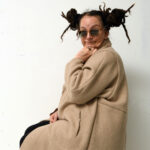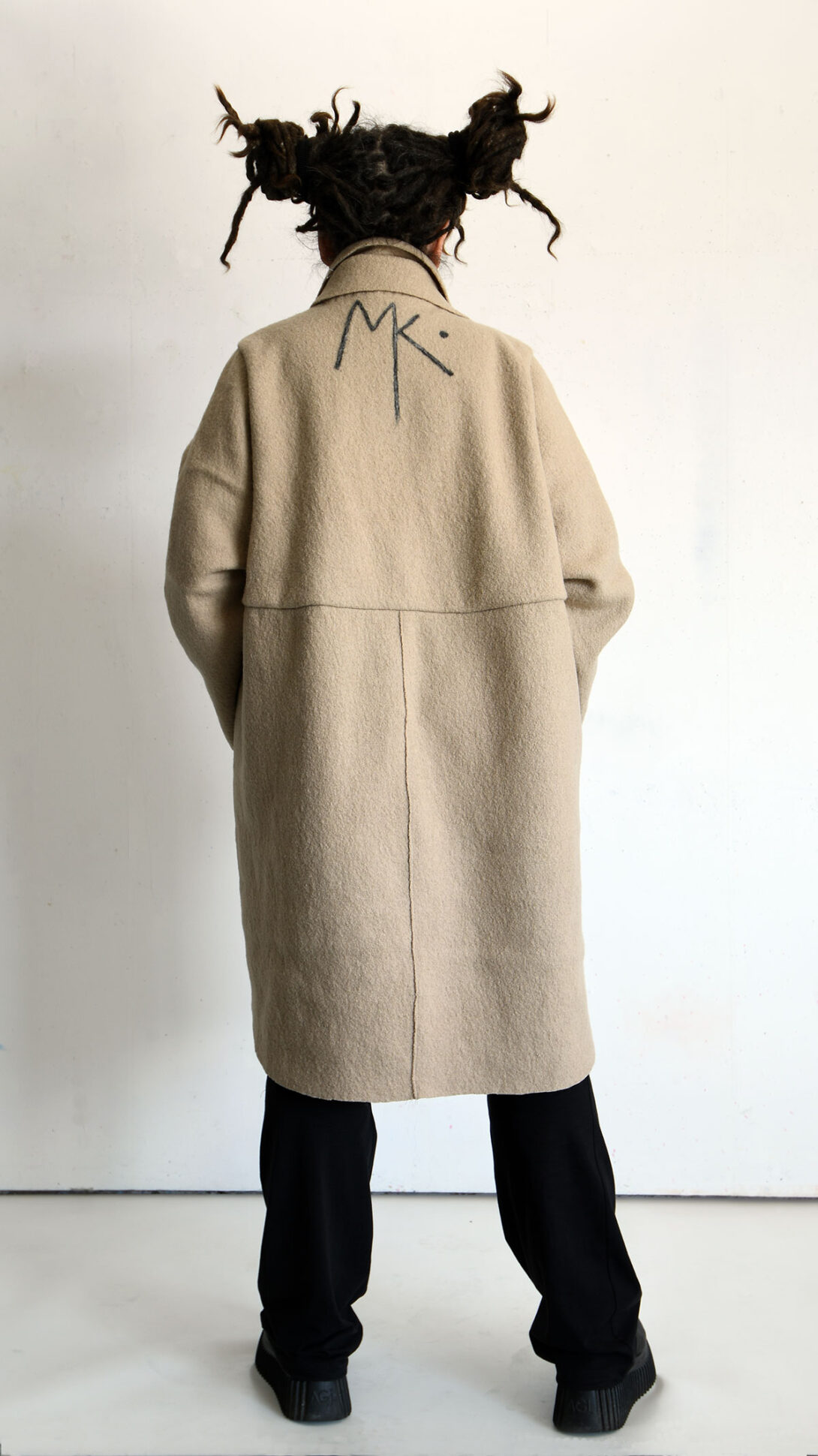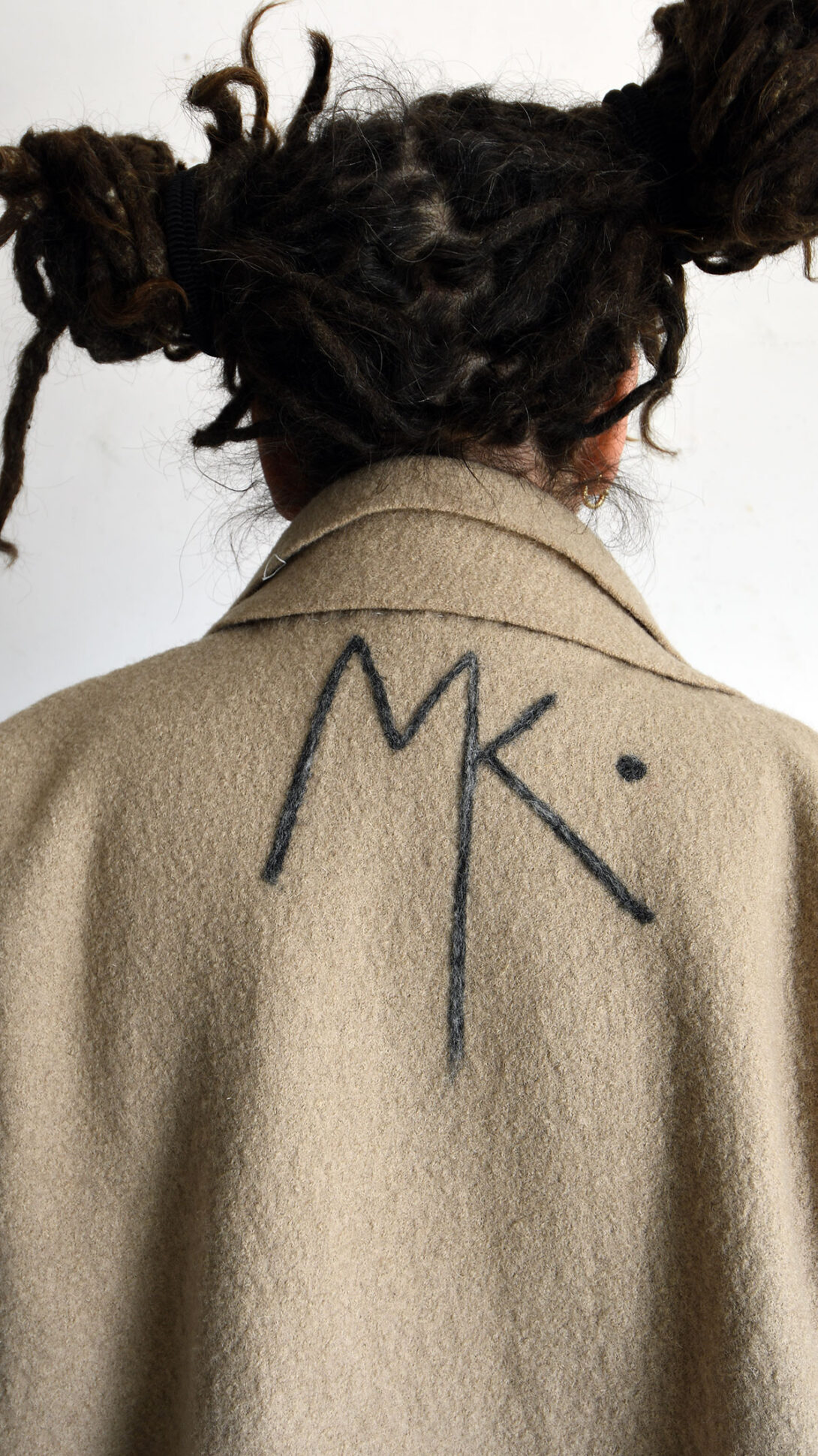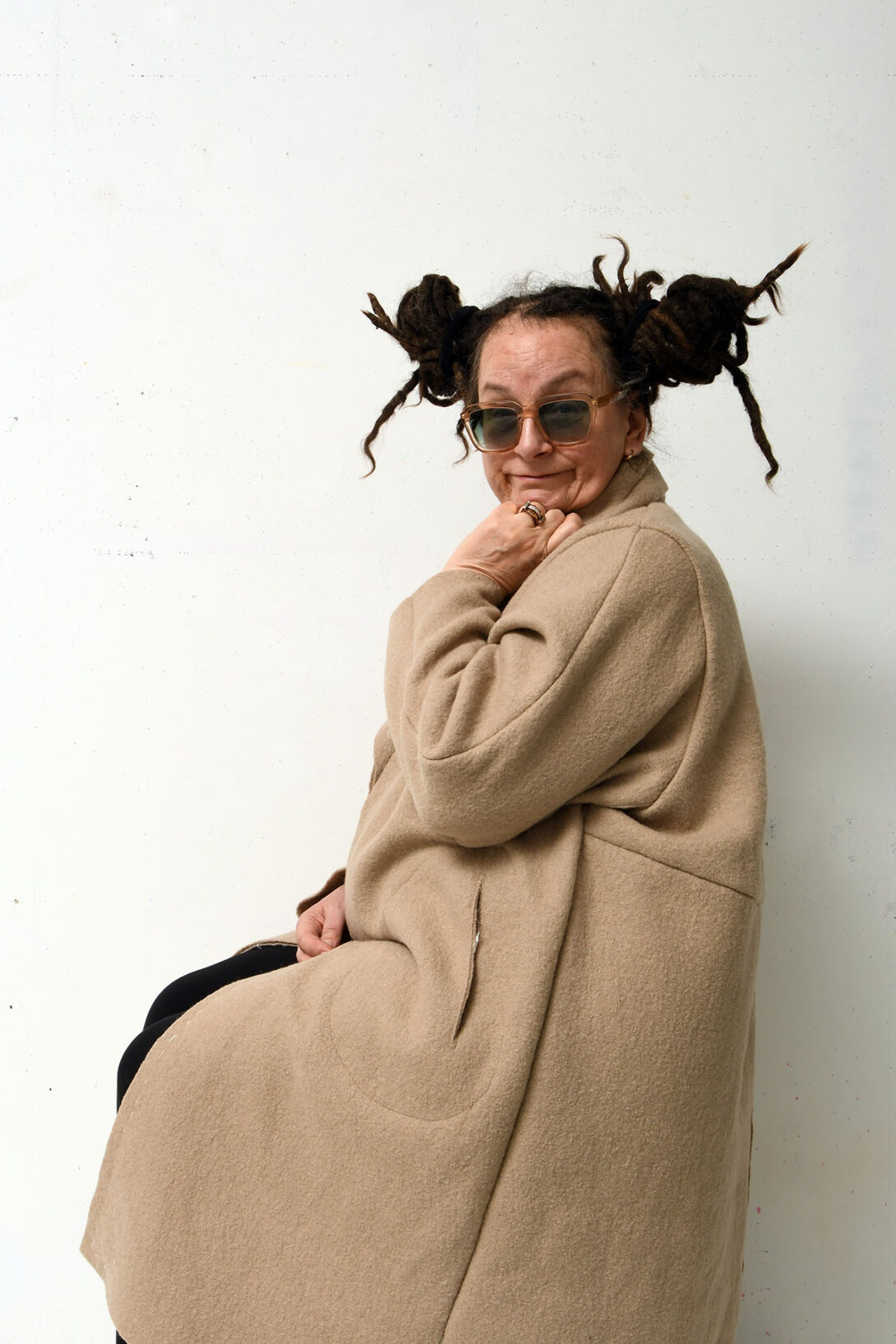About the project
After my ArtEZ education I worked for many years in the Dutch clothing industry as a designer of coats and jackets. This industry was/is mainly a trade industry. This means that the garments were/are not made in the Netherlands, but in low-wage countries. Besides visiting European cities for inspiration and trade show visits, I also went to China, Hong Kong, Korea and/or Vietnam 4-6 times a year. To sourcing fabrics and models and assessing samples.
In corona time, travel was no longer possible.
I rented a studio and started making my own coats. It became an exciting (search) trip.
When you put so much work into making a (preferably perfect) garment, you become extra critical of the quality of the fabrics/materials you work with. It soon became clear that I personally do not like polyester (synthetic fibers extracted from oil), but I do like 100% wool (hair from a sheep) and 100% linen (fibers from flax). Raw materials that could also come from the Netherlands.
When I went looking for this, it turned out that almost no raw materials for clothing are produced in the Netherlands anymore. Within the given possibilities I now work with 100% wool from Italy. The sheep walk in South America (says the supplier), where no mulesing is applied, because the threatening meat flies do not live there and therefore no protection against them is needed.
Partly because of traveling (also privately) and my interest in ethnic fabrics, embroidery and clothing forms, I collect fabrics in this area and like to incorporate them into the coats I make. This involves (100% cotton) Vlisco fabrics, batiks and ikat from Asia & Uzbekistan.
Furthermore, I am very interested in new developments: nettle, hemp, cane and other fibers. I would love to get in touch with people who are developing initiatives in this area: do you think your fabric is suitable for making a coat? Let me know, who knows we might come up with an amazing result!
Project
From Farm to Fashion
From Farm to Fashion is dedicated to creating a sustainable and local textile industry by connecting farmers, fiber processors, designers, and makers. The mission is to produce high-quality textiles and clothing that positively impact soil health, biodiversity, and carbon sequestration, ensuring products can return to the earth after long-term use, thereby eliminating waste. Through local initiatives they promote circular, locally-produced textiles that support regenerative agriculture and local economies. Educational efforts aim to raise awareness about the origins and value of textiles, encouraging responsible consumption and fostering a biocircular textile system in the Netherlands.
An example is ‘TAYLOR 1’ consists of 100% wool padding from the Hollands Wol Collectief and 2 layers (inside and outside) of linen/viscose, held together by sashiko stitching. The 100% wool is from Dutch sheep. This wool was no longer worth anything and was burned as waste. The Dutch Wool Collective wants to change that and brings suppliers and buyers into contact with each other.




